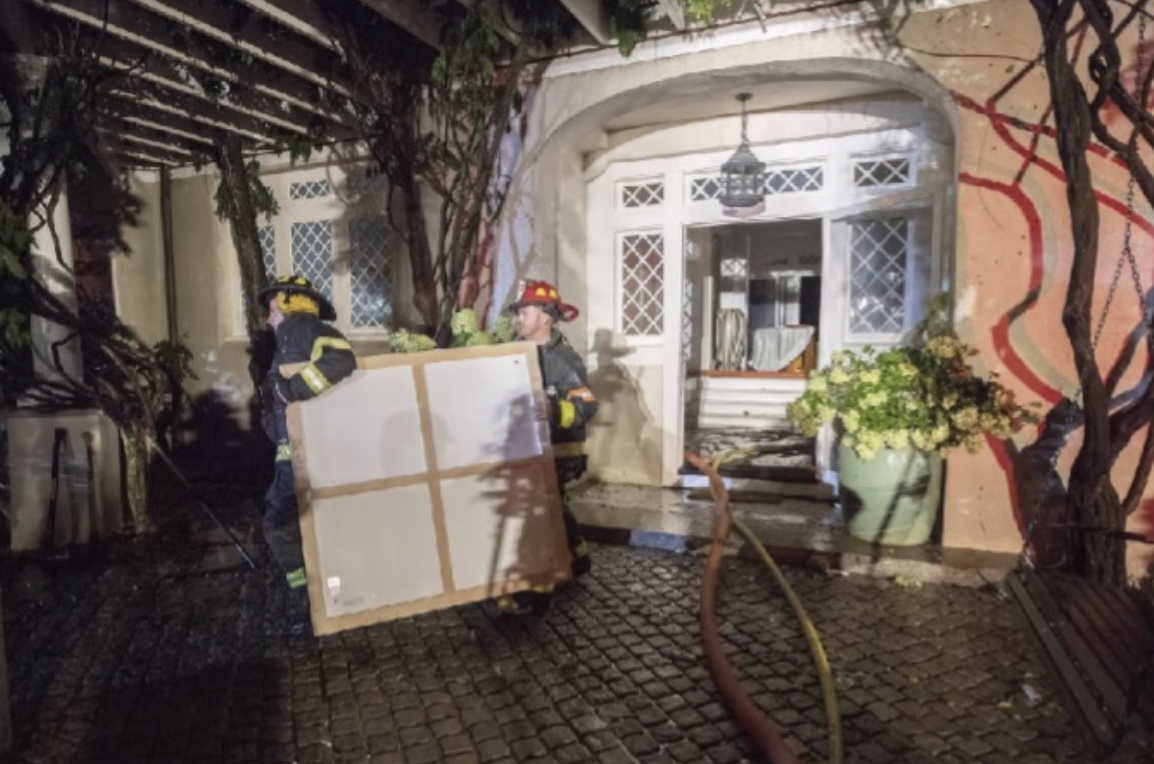-
House Fire Spawns $410 Million Insurance Coverage Dispute
Over Five Major Artworks From Billionaire’s Collection11/08/2022 Art is increasingly viewed as an investment asset, and in some ways, it behaves like one. But any investment in art also has to take into account the real risk of physical damage and the legal headaches that can arise out of such damage—as one recent lawsuit reminds us.
Art is increasingly viewed as an investment asset, and in some ways, it behaves like one. But any investment in art also has to take into account the real risk of physical damage and the legal headaches that can arise out of such damage—as one recent lawsuit reminds us.
The case involves the collection of Ron Perelman, a billionaire financier who has amassed an extensive art collection including some remarkable and priceless works. Dozens of these works were displayed at his estate in East Hampton, New York. But when a fire broke out there in 2018, he suffered millions of dollars’ worth of losses, including—allegedly—to several artworks. Perelman’s holding companies sought relief from insurance policies, but they have denied his claims related to the purportedly damaged artworks.
Initial reports had indicated that damage to Perelman’s artworks was minimal because the fire was confined to a different part of the house than the art collection. But, as reported by Artnet, after the fire, Perelman felt that five pieces—two Warhols, two works by Ed Ruscha, and one by Cy Twombly— had “lost their luster, lost their depth, lost some of their definition and lost a lot of their character.”
But what was the true cause and extent of the damage? Perelman is now immersed in a legal fight over his $410 million insurance claim. He claims the works were damaged by heat, smoke, moisture, and rough handling in connection with the fire. The insurance companies argue that any damage predated the fire, and further note that the five paintings at issue “happen to hold the five highest insured values under the insurance policies.” To support their arguments, both parties have argued over eyewitness testimony from the fire; reports prepared by lawyers and experts; investigators’ assessments; and testimony, including from Perelman himself. (In an interesting side note, the litigation has been pending in New York state court since 2020 but did not initially expressly identify Perelman or the works by name; more recent filings have connected the dots.) There is a motion for partial summary judgment pending before the court, but it will not resolve the entire dispute, so barring a settlement, the litigation will continue to head toward trial.
This lawsuit is a good reminder that art collectors and investors need to put careful consideration into the physical protection of their collection. Preventative measures, like fire protection and security systems, are key. Some artworks may be more susceptible to particular types of damage or may require special handling (see this recent case involving a Donald Judd artwork). Planning for emergencies such as extreme weather events may also be a wise move (see here for a recent news story on this). For loans or consignments of works, contracts should specify who is responsible for insurance costs. Meticulous record-keeping (including archival photos), regular appraisals, and consultation with conservators about needed maintenance and repairs can help provide information that may become important in the event of damage. And insurance is a necessary protection, of course—but the claims process can be complicated and may even spawn a lawsuit. (And sometimes, insurance proceeds may not cover the full amount of the damage, as is alleged in the Judd lawsuit.) As Perelman and his insurers can attest, art insurance disputes can result in years of complex litigation involving expert witnesses and extensive discovery. Grossman LLP is proud of our depth of experience in this challenging space, and our attorneys have handled art insurance matters ranging from advice on claims to serving as a court-appointed special master in this type of dispute. But proactive damage prevention and collection maintenance can go a long way toward avoiding problems like this; the investor, the insurer, and the art world at large all benefit from protecting and preserving one-of-a-kind artworks.
Art Law Blog
